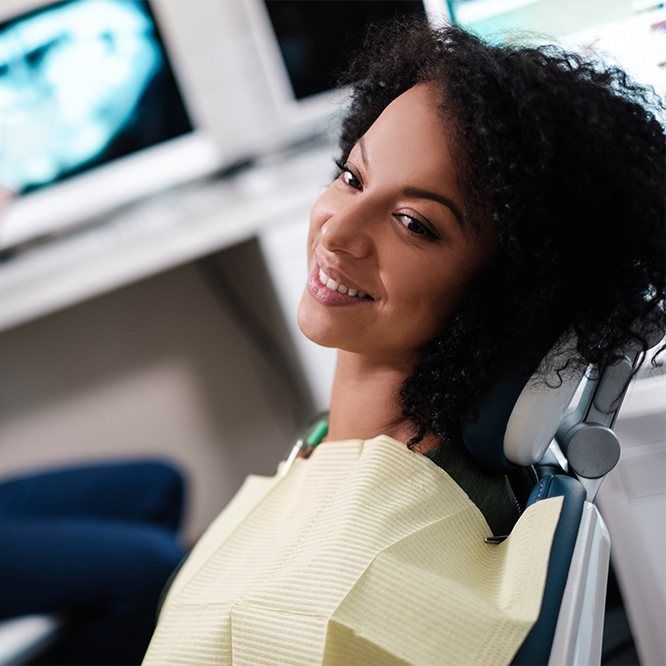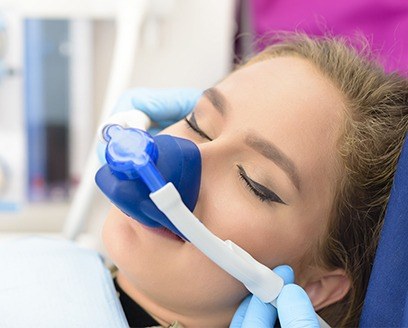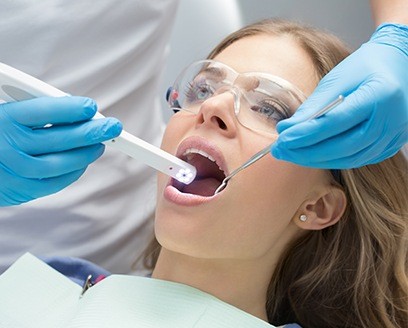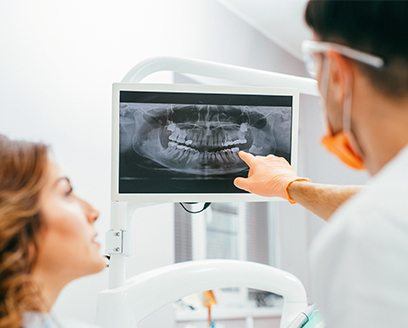
Advanced Dental Services & Technology – Fort Worth, TX
Faster, More Comfortable Care
Technology is a big part of Studio Dental of Chisholm Trail, because by keeping up with the latest advancements, Dr. Patel is able to help his patients much more effectively. Every service and instrument detailed below allows him to find a problem faster, diagnose it quicker, and treat it more efficiently than ever before. Modern-day dentistry is truly amazing, and we can’t wait to show you at your next appointment!

Nitrous Oxide Sedation

Dental-related anxiety is an issue for many people, but nitrous oxide offers a quick and gentle way to ensure absolutely every patient stays comfortable during their treatment. Inhaled through a small nasal mask, the nitrous oxide helps someone feel happier, calmer, and slightly numb after just a few minutes. This mask is kept on for the entire appointment, and once it’s removed, a patient will be able to go straight back to their day without any lasting effects.
Intraoral Camera

Our MouthWatch intraoral camera not only makes our routine exams more effective, but it will also help you better understand your oral health and dental needs. About the size of a pen, this powerful camera allows us to capture high-resolution images of the entire oral cavity, including those spots that are hidden from the naked eye. We can display these images on a screen right in the treatment room, making it easy for our team to spot potential problems, plus you’ll finally be able to see your smile from your dentist’s perspective, making your appointments more transparent.
Digital X-Rays

We use X-rays every single day in our office, and in order to make them faster, safer, and more accurate, we’ve gone fully digital. Compared to traditional film, digital X-rays create much sharper images, take only a fraction of the time to develop, and they emit about 90% less radiation as well (which parents with small children certainly appreciate!). Even better, we can instantly show a patient their X-rays so they can literally see everything that is going on with their smile, giving them a more complete picture of their oral health.
CT/Cone Beam Scanner

Our CT/cone beam scanner allows us to take a CAT scan of only a patient’s head, creating an extremely detailed image that not only shows us the shape of the teeth and jaw, but the thickness of the bone and the locations of sensitive nerves and blood vessels as well. This allows us to better plan more involved procedures like dental implant placement so they are guaranteed to succeed and are as comfortable as possible for the patient.